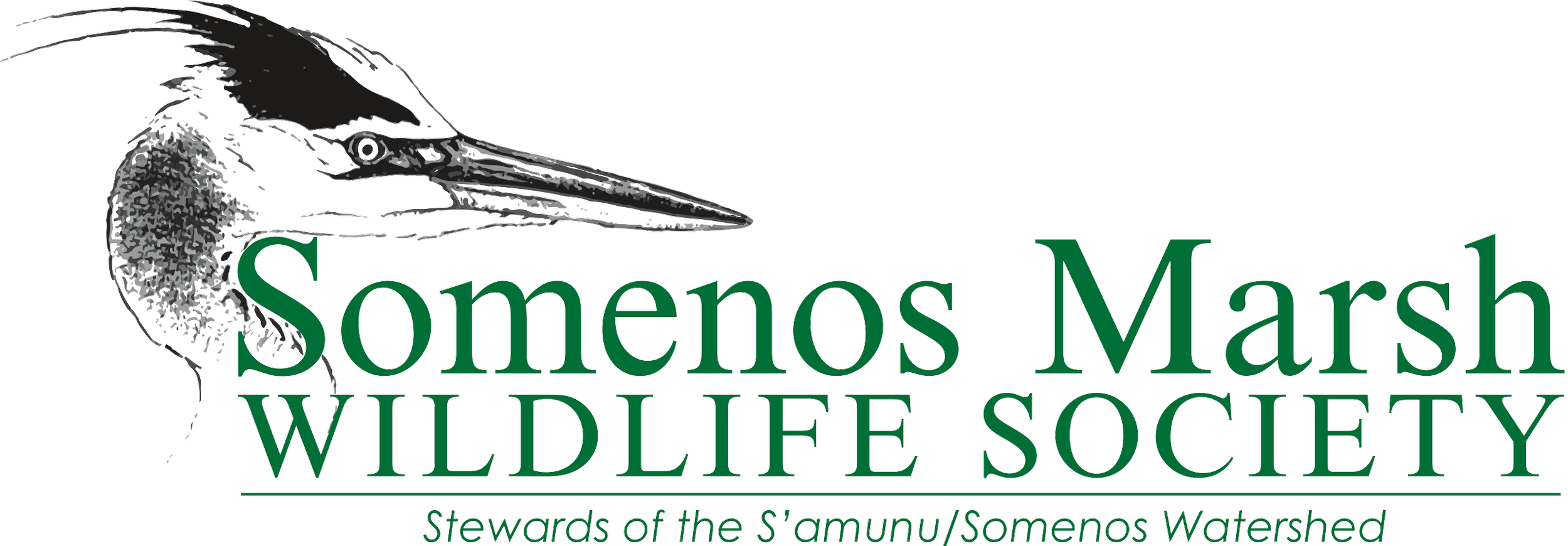The two largest sources of direct anthropogenic avian mortality in Canada are depredation by cats and collisions with buildings. Bird populations that spend all or most of the non-breeding season in heavily urbanized areas may be particularly vulnerable to population-level effects of these two sources of direct anthropogenic mortality. However, despite the significant decline in temperate breeding and wintering bird populations, we know little about the causes of these declines. One area to address these questions is southwestern British Columbia where there are large numbers of breeding and wintering land birds. In this region, a small number of species account for over half the collision mortality; their breeding populations are largely in steep decline. We analyzed the hydrogen stable isotope composition of tissues collected from birds killed as a result of direct anthropogenic mortality (largely cats and windows) to determine the likely breeding ground populations of these species. This is the first step to evaluating the relative importance of these sources of mortality on bird populations, and to aid prioritizing limited conservation dollars on threats and stages of the annual cycle that will have the largest impact for population
Ticket Cost: By donation. RSVP required. https://www.eventbrite.ca/e/169161361185
Location: Cowichan Community Centre Boardroom.
Maximum: 40
